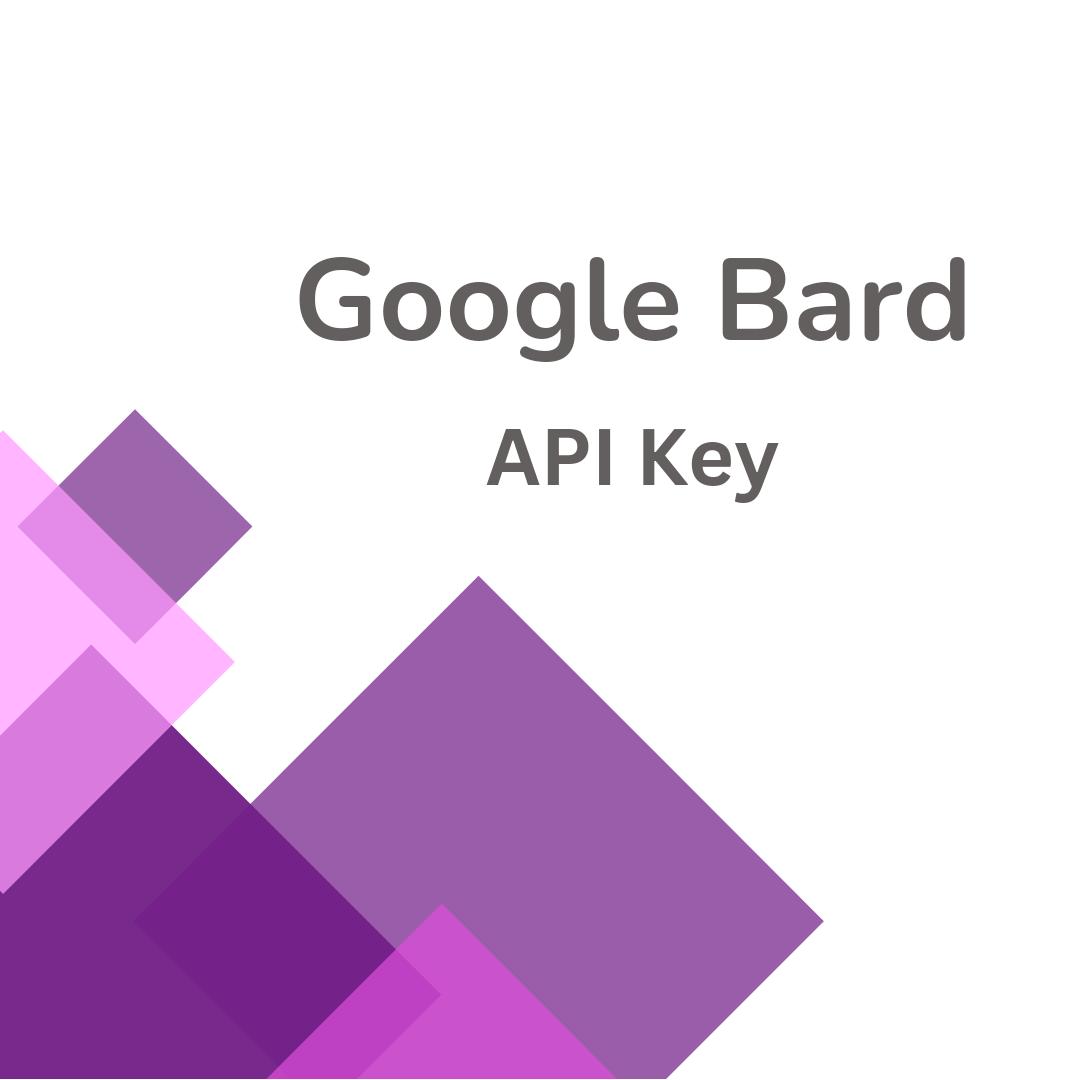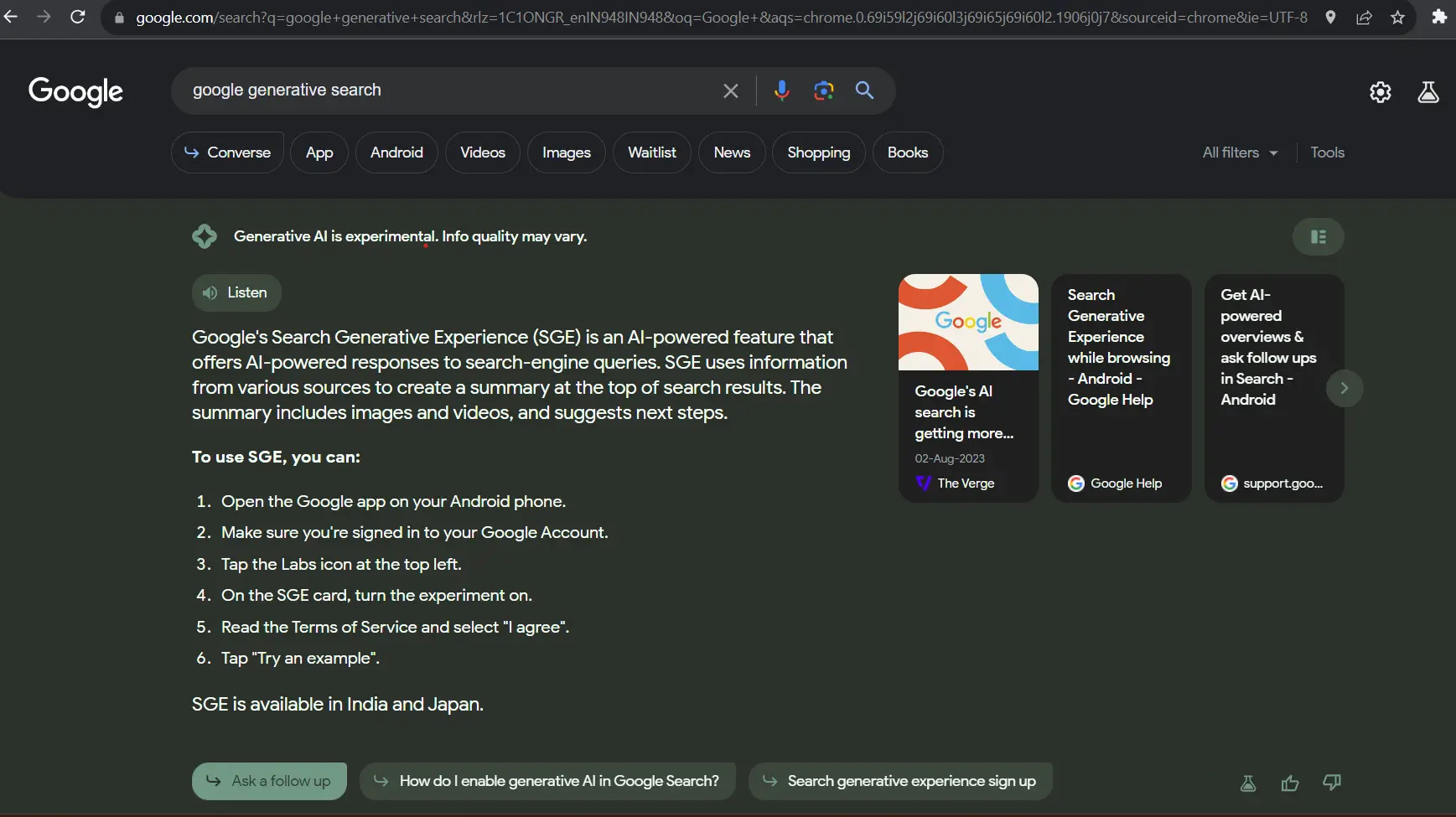Introduction
In the rapidly evolving digital landscape, Google's dominance over search and artificial intelligence (AI) has become a double-edged sword for website owners and content creators. As Google's AI capabilities expand, the search giant has integrated sophisticated AI-driven summaries at the top of search results, providing users with concise and immediate answers. However, this advancement comes with a significant drawback: the AI summaries often draw content directly from the websites themselves. For many site owners, this situation presents a difficult dilemma—whether to block Google’s AI, risking reduced visibility and traffic, or to accept the AI’s use of their content, potentially diminishing their revenue and engagement.
The Rise of AI-Driven Search Results
Google's AI advancements have transformed the way users interact with search engines. Traditionally, users would click through search results to find detailed answers and information. However, with the introduction of AI-driven summaries, users can now receive concise, synthesized information directly at the top of the search results page. This shift is largely driven by Google's desire to enhance user experience by providing quick, relevant answers without requiring users to navigate through multiple websites.
The Impact on Website Owners
For website owners and content creators, Google's AI summarization poses several challenges. On one hand, the presence of AI-driven summaries at the top of search results can drive significant traffic to a site, as users might click through to read more. On the other hand, the AI summaries can also reduce the number of clicks to individual sites, as users might find the information they need without ever leaving the search results page. This reduction in traffic can have a direct impact on a site's revenue, particularly for sites that rely on advertising or subscription models.
The Dilemma of Blocking Google’s AI
For many site owners, this creates a catch-22 situation. Blocking the AI could protect their content from being summarized without proper attribution or compensation, but it also risks diminishing their presence in Google’s search results, which are critical for attracting new visitors and retaining existing ones. As a result, many site owners are left with little choice but to accept the current state of AI summarization and adapt their strategies to mitigate its impact.
The Balance Between AI and Content Ownership
The broader issue at play is the balance between leveraging AI technology and respecting content ownership. Google’s approach to AI summarization raises important questions about intellectual property and the fair use of online content. While AI can enhance user experience by providing quick answers, it also relies heavily on content created by others. This reliance creates a tension between the benefits of technological advancements and the rights of content creators.
To address these concerns, some experts advocate for clearer guidelines and frameworks that govern the use of AI in content summarization. Such frameworks could include measures to ensure proper attribution, compensation for content creators, and mechanisms to balance the benefits of AI with the rights of site owners. Additionally, fostering dialogue between tech companies, content creators, and regulatory bodies could lead to more equitable solutions that respect both innovation and intellectual property.
Conclusion
Google’s dominance in search and AI has reshaped the digital landscape, offering users quick and relevant information but presenting challenges for content creators. The tension between benefiting from increased visibility and protecting content from being scraped and summarized highlights the complexities of modern digital ecosystems. As AI continues to evolve, finding a balance that respects content ownership while embracing technological advancements will be crucial. For now, website owners are faced with tough choices, navigating the fine line between leveraging Google’s search dominance and preserving their content’s value and visibility.









Add a Comment: